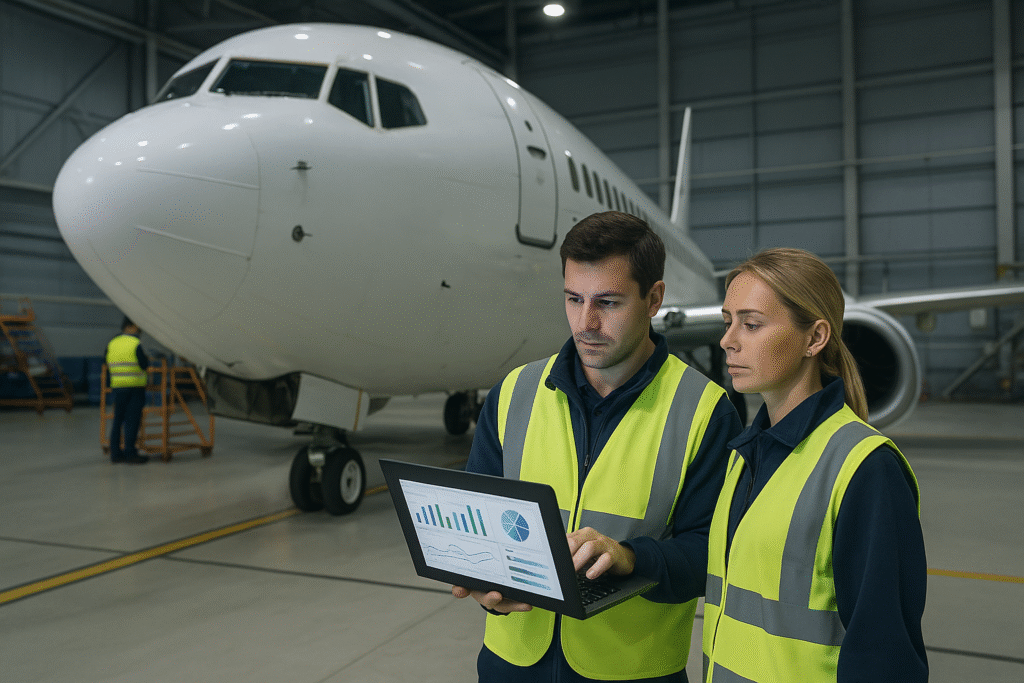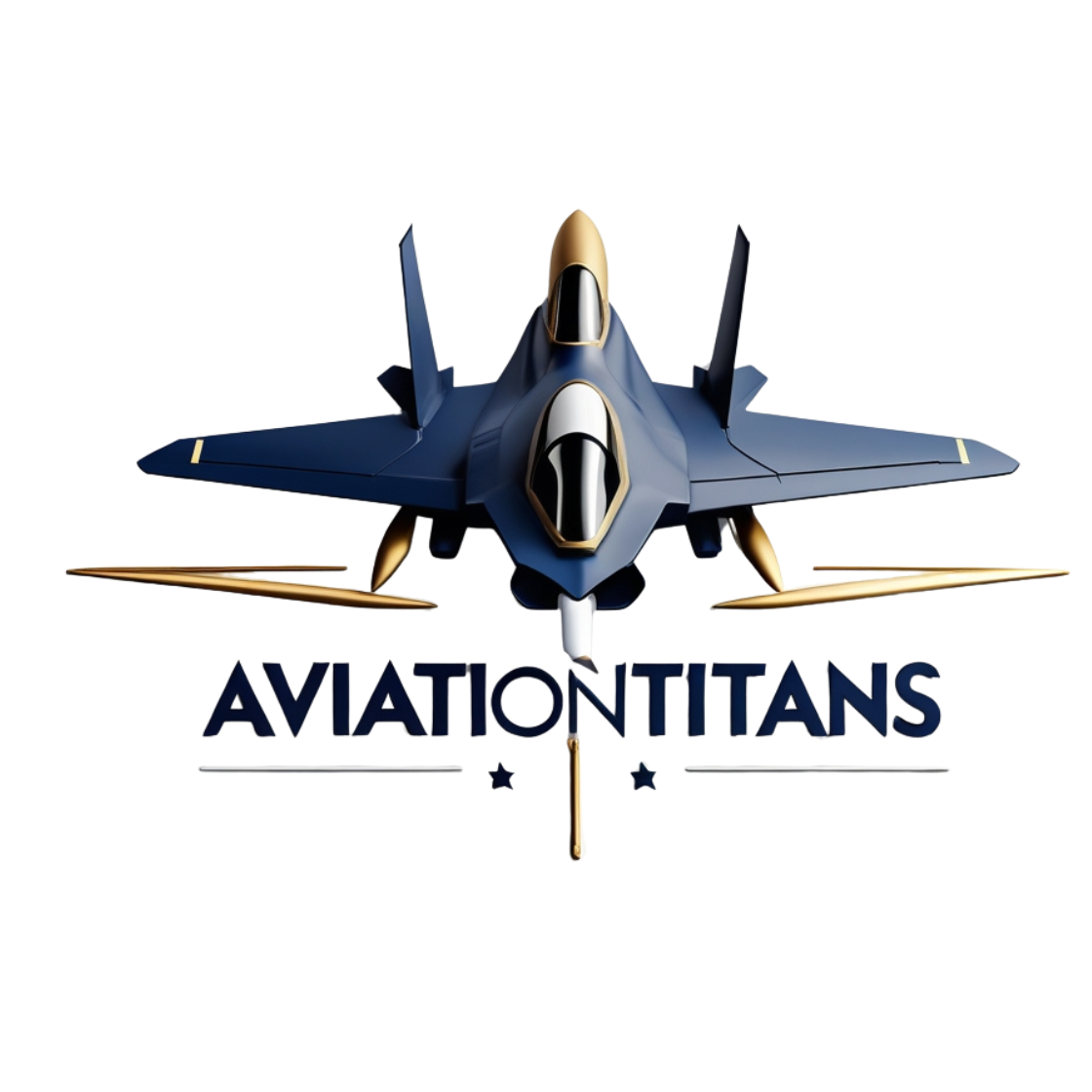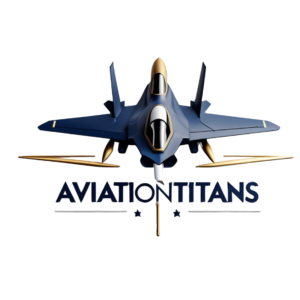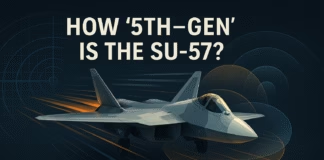The commercial aviation industry is at a pivotal moment as new technologies and shifting market dynamics redefine how airlines operate and how passengers experience flight. After a turbulent decade marked by pandemic-related disruptions, manufacturers and airlines are investing heavily in more efficient fleets, digital innovation and customer-centric services. At the same time, regulatory pressure and consumer expectations are pushing the industry toward aggressive decarbonization targets, while ambitious entrepreneurs are revisiting supersonic travel. This article explores the key trends shaping commercial aviation in 2025 and beyond and highlights what airline executives and aviation enthusiasts should watch.
Fuel Efficiency and Sustainability: Beyond Jet‑A1
Sustainability is perhaps the single most important driver of change in commercial aviation. Airlines face growing pressure from regulators, investors and passengers to reduce carbon emissions. According to the International Air Transport Association, sustainable aviation fuel (SAF) can cut lifecycle CO₂ emissions by up to ~80% versus conventional jet fuel, depending on pathway and feedstock (IATA — What is SAF?). Several major carriers have set 10% SAF-by-2030 targets, including Air France–KLM (AFKL commitment) and IAG (IAG 10% by 2030), while Cathay Pacific/Cathay Cargo has the same goal (Cathay 10% by 2030). Commercial airlines are also signing large SAF offtake agreements: United has announced multiple multi-year deals and plans that total millions to billions of gallons over time (United SAF hub • United–Cemvita up to 1B gallons), Delta has long-term offtakes with producers such as Gevo and DG Fuels (Delta–Gevo 75M gal/yr • Delta SAF overview), and American Airlines has committed to 500M gallons with Gevo plus additional volumes with Aemetis (American–Gevo 500M gallons • American–Aemetis). In Europe, airlines such as KLM and Lufthansa Group are already using SAF blends on scheduled services and expanding corporate SAF programs (KLM SAF • Lufthansa Group SAF).
Although SAF currently carries a significant price premium—often ~2–5× the cost of conventional Jet-A depending on pathway and policy support (IATA factsheet • McKinsey on SAF costs)—governments are moving to incentivize production and scale. In the United States, the SAF Grand Challenge targets 3 billion gallons per year by 2030 and 35 billion by 2050, backed by federal roadmaps and tax credits (U.S. DOE — SAF Grand Challenge • U.S. Treasury/AP — SAF tax credit guidance).
Digital Transformation and AI‑Driven Operations
Digitalization is transforming every aspect of commercial aviation, from aircraft design to flight operations and customer service. In the cargo sector, analysts note that advanced analytics, artificial intelligence and automation are enabling carriers to refine operations and improve schedulDigitalization is transforming every aspect of commercial aviation, from aircraft design to flight operations and customer service. In the cargo sector, analysts note that advanced analytics, artificial intelligence, and automation are enabling carriers to refine operations and improve scheduling—see DHL’s latest Logistics Trend Radar on AI’s role in supply chains and cargo planning (DHL Trend Radar). Commercial airlines are leveraging similar tools. Predictive maintenance platforms analyze engine and avionics data to catch issues before they disrupt service; Airbus’s Skywise shows how airlines use fleet data to boost reliability and optimize maintenance windows (Airbus Skywise). Digital twins—virtual replicas of aircraft and systems—let engineers test modifications and performance tweaks without costly prototypes. On the ops side, AI-powered crew-scheduling and day-of-ops tools help balance regulatory rest rules with preferences and demand, improving utilization and on-time performance (see SITA’s Air Transport IT Insights 2024 for adoption trends) (SITA Air Transport IT Insights 2024).
Passengers feel the benefits through smart booking, contactless boarding, and personalized updates. Airports and airlines are accelerating biometric journeys under IATA’s One ID framework, which streamlines identity checks and boarding while protecting privacy (IATA One ID). In parallel, IoT-enabled tracking improves shipment and baggage visibility; IATA’s Interactive Cargo program outlines validated devices and standards for real-time monitoring and data sharing across the air-cargo chain (IATA Interactive Cargo).
Bottom line: embracing these technologies requires investment and cultural change, but the payoff is higher throughput, fewer service failures, and a more resilient door-to-door supply chain.

Supersonic Rebirth and the Future of Flight
Public fascination with supersonic travel never faded after the Concorde’s retirement, and 2025 is shaping up to be a critical year for its rebirth. Several private companies are developing Mach‑1.7–Mach‑2 airliners that promise to cut transatlantic travel times in half. Boom Supersonic’s Overture aims to carry 65–80 passengers and run on 100 percent sustainable aviation fuel, with the first prototype expected to roll out in 2025 and flight testing scheduled for 2027. NASA’s X‑59 Quiet SuperSonic Technology (QueSST) demonstrator will begin community overflight testing soon to help regulators establish noise standards for supersonic flight over land. Start‑ups like Hermeus and Venus Aerospace are exploring hypersonic concepts that could eventually enable New York–London in 90 minutes. These programs face hurdles: the sonic boom remains a regulatory concern; noise‑abatement technologies must prove that supersonic aircraft can meet community standards; and operating costs will be significantly higher than for subsonic jets. However, the potential for premium business‑class demand—and the halo effect of reinventing commercial flight—has persuaded investors and airlines such as United and Japan Airlines to sign purchase options for supersonic aircraft. Beyond supersonic, the rise of advanced air mobility (AAM) is blurring the line between urban transport and regional aviation. Electric vertical takeoff and landing (eVTOL) aircraft from Joby Aviation, Archer and Lilium are progressing toward certification, promising quick airport transfers and point‑to‑point service in congested cities by the late 2020s.
Market Demand, Orders and Capacity Pressures
While technology advances, the commercial aviation market must also address demand-supply imbalances. The release of pent-up travel demand after the pandemic produced a surge in passenger numbers, with international traffic surpassing 2019 levels in many regions (IATA Passenger Market Analysis — 2024 full-year). However, global airline capacity has not fully recovered due to labor shortages, supply-chain disruptions and aircraft delivery delays. In the cargo sector, demand is widely projected to outpace capacity—roughly ~6% demand growth vs ~3–4% capacity expansion in 2025 (IATA Global Outlook, June 2025 and IATA Air Cargo Market Analysis). Passenger markets face similar constraints; airlines are retiring older wide-bodies faster than production can replace them. Airbus and Boeing backlogs stretch into the 2030s, with the A321neo and 737 MAX families dominating narrow-body orders as airlines prioritize fuel efficiency on short- and medium-haul routes (Airbus Orders & Deliveries, Boeing Orders & Deliveries). Wide-body demand is recovering with the A350 and 787, though supply-chain bottlenecks limit production rates (Reuters on widebody output constraints). Leasing companies and secondary markets help bridge the gap, but persistent shortages could push fares higher. This capacity crunch highlights the importance of efficient fleet planning and underscores the need for governments to harmonize certification and production standards to accelerate aircraft deliveries.
Emerging Markets and New Routes
Long-term growth in commercial aviation is shifting toward emerging economies. Recent IATA Air Cargo Market Analysis reports show Asia-Pacific and Latin America leading growth at various points in 2025, with momentum also building across parts of Africa—pointing to trade lanes that increasingly favor these regions. IATA+1 Passenger traffic is following a similar trajectory as rising middle classes in Vietnam, Indonesia, India, and Nigeria fuel demand for both domestic and international travel. Major hubs such as Istanbul, Doha, and Addis Ababa are positioning themselves as connectors between Asia, Europe, and Africa, challenging traditional hubs in the U.S. and Western Europe.
A vivid signal of future demand: Air India’s record order for 470 aircraft from Airbus and Boeing, aimed at long-term capacity growth across South Asia. Air India Carriers like Ethiopian Airlines and LATAM continue to add international reach, while airlines globally are launching new routes to underserved secondary cities—often using long-range narrow-bodies such as the A321XLR, designed specifically to open thinner city pairs with lower risk. Airbus Aircraft
For aircraft implications and type choices shaping these moves, explore our hubs Commercial Aircraft and Cargo Aircraft (internal).
Infrastructure and regulatory frameworks in emerging markets vary widely. To capture growth safely and efficiently, governments will need to keep investing in airport capacity, air traffic management, and workforce training, while regulators work toward predictable certification and operating standards to support timely aircraft introductions and new-route approvals.
Customer Experience and New Revenue Streams
Airlines are redefining the in-flight experience to differentiate and grow revenue. Premium economy keeps expanding as a value middle ground between economy and business class. Onboard connectivity is moving to low-Earth-orbit (LEO) and multi-orbit solutions (e.g., Starlink Aviation, OneWeb-powered services), enabling fast, low-latency Wi-Fi that supports streaming and real-time work. StarlinkOneWebAviation Week Loyalty programs are evolving into lifestyle platforms with co-branded cards, subscriptions, and tie-ins across travel and retail.
The rise of e-commerce matters here, too: digital purchases accounted for ~19.9% of global retail in 2024 and are projected to exceed 20% in 2025, sustaining parcel demand (and belly cargo) on passenger networks. EMARKETER+1 Meanwhile, biometric journeys under IATA’s One ID framework streamline identity checks and boarding, and IoT baggage/cargo tracking improves end-to-end visibility with validated device standards. IATA+2IATA+2
For the passenger side of these changes, see our In-Flight Experience Reviews (internal).
Bottom line: digital retail growth, faster connectivity, and smarter data use are reshaping how airlines sell, serve, and schedule—unlocking new ancillary revenue while improving reliability and customer satisfaction.

Conclusion
Commercial aviation’s transformation is anchored in a few core themes: decarbonization, digitization and the pursuit of speed. Sustainable aviation fuel and new propulsion technologies promise cleaner flights; AI‑driven platforms optimize operations and enhance passenger experience; and the resurrection of supersonic travel signals a return to aviation’s glamour. At the same time, capacity constraints, shifting demand patterns and geopolitical uncertainties require prudent planning. As the industry enters a new era, collaboration among airlines, manufacturers, regulators and technology providers is essential. For readers keen to stay informed about aviation innovation or to explore partnership opportunities, feel free to contact us through our website. To dig deeper into industry forecasts, consult the detailed Boeing Commercial Market Outlook for a global perspective on aircraft demand. At Aviation Titans we will continue to track these developments, celebrate engineering milestones and share stories from the flight deck as we chart the future of flight.







[…] The cargo aircraft industry sits at the nexus of global commerce and aviation technology. In 2025, the outlook for freighters and logistics carriers is defined by surging e-commerce demand, sustainability mandates, digital innovation, and shifting trade routes. Industry trackers at IATA point to single-digit growth in air-cargo demand for 2025 as trade normalizes after 2024’s rebound, while macro risks remain elevated (IATA Global Outlook and Air Cargo Market Analysis). IATA+1At the same time, operators face volatility from trade policies and capacity constraints. For fleet and conversion context, explore our internal hubs: Cargo Aircraft and Commercial Aircraft. […]
Comments are closed.